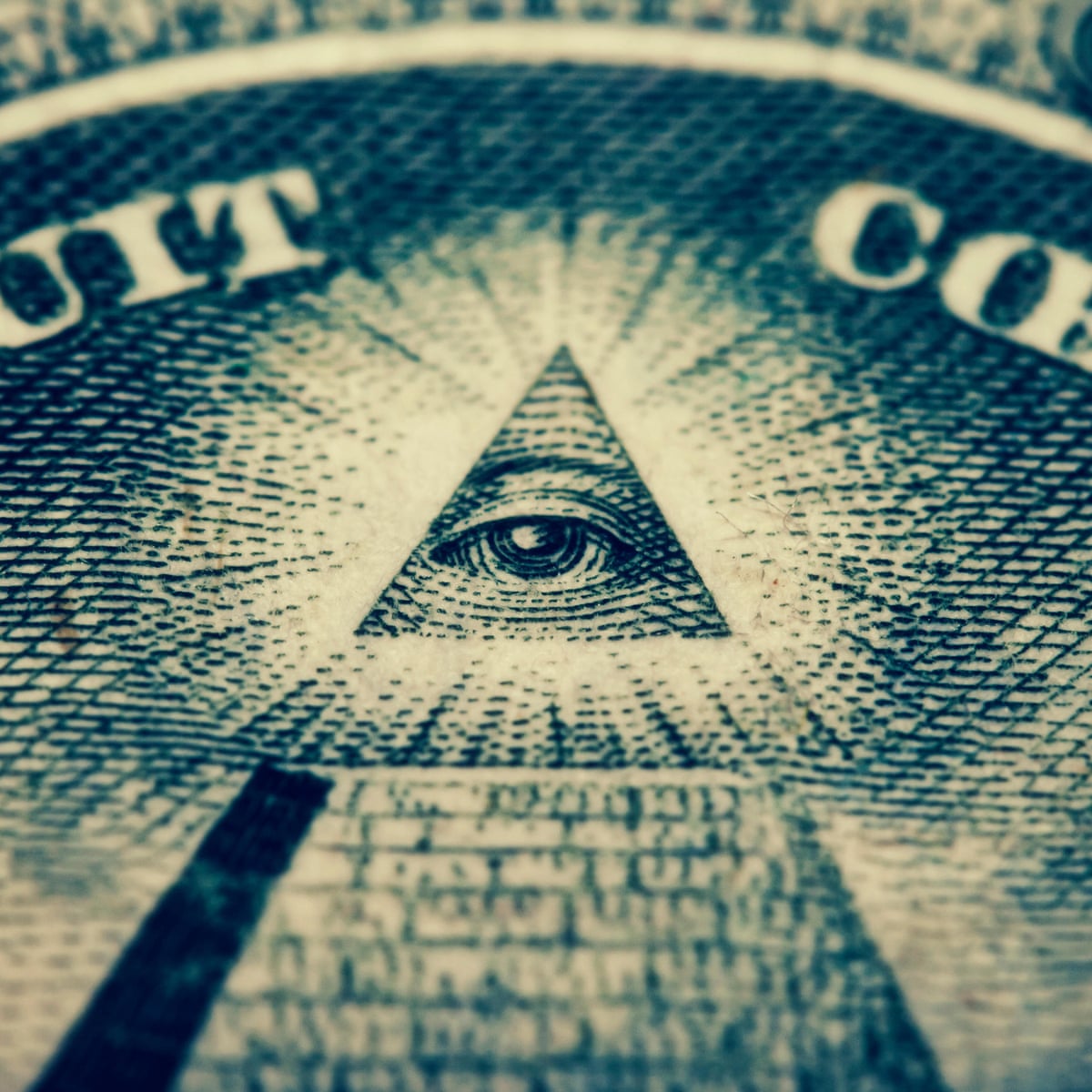Get Started with Detailed Instructions on How to Join a Masonic Lodge
Get Started with Detailed Instructions on How to Join a Masonic Lodge
Blog Article
Discover the Secrets Behind the copyright and Their Influence on Culture
The copyright, typically shrouded in misconception and supposition, offers a remarkable situation study of just how historic ideals can change into modern conspiracy theories. As we discover its beginnings, impact on innovative thought, and portrayal in modern culture, we begin to reveal the layers of intrigue that proceed to captivate society.
Beginnings of the copyright
The copyright, typically shrouded in mystery and conjecture, traces its beginnings back to the late 18th century. Established in 1776 in Ingolstadt, Bavaria, the team was started by Adam Weishaupt, a teacher of canon legislation. Weishaupt aimed to promote Enlightenment values, consisting of reason, secularism, and the separation of church and state. Originally referred to as the Bavarian copyright, the organization's key goal was to respond to the fundamental impact of spiritual dogma and promote intellectual discussion among its participants.
The copyright took on a hierarchical framework, attracting ideas from Freemasonry, which allowed for secretive conferences and routines - how to become a freemason. Membership was discerning, including prominent numbers from various fields, including politics, ideology, and scientific research. This elite network sought to effect social and political adjustment via private methods, promoting for the rights of people and the improvement of culture
Regardless of its relatively brief presence, the Bavarian copyright was officially dissolved in 1785 as a result of federal government reductions. Its tradition endured, offering surge to numerous conspiracy concepts and popular society references that continue to provoke intrigue and discussion regarding its effect on modern culture.
Key Misconceptions and Misunderstandings
Amidst the appeal of secrecy surrounding the copyright, various misconceptions and false impressions have actually arised, usually distorting the group's true nature and intents. One common myth recommends that the copyright manages the globe's governments and economic situations. While it holds true that the group aimed to influence societal structures, the idea that it operates as a natural worldwide creature master is greatly overstated.
An additional typical misconception is that all members of the copyright have huge wealth and power. In truth, the original copyright made up pundits and Enlightenment thinkers, a lot of whom looked for reform instead of prominence. The idea that the copyright specifically hires celebrities and political numbers is misdirecting; subscription has actually historically consisted of a diverse array of people.
Additionally, conspiracy theory concepts often repaint the copyright as a sinister company intent on worldwide supremacy with dubious ways. Therefore, dividing reality from fiction is essential for a clearer understanding of the copyright's role in culture.
Historic Influence on Culture
Throughout history, different intellectual motions have greatly influenced social structures, and the copyright played a substantial duty throughout the Knowledge. Established in 1776 in Bavaria, the copyright intended to advertise reason, secularism, and the wondering about of developed authority, countering the prominence of religious conviction. This company drew in prominent thinkers and supporters of liberty, promoting an atmosphere for the dissemination of Knowledge ideals.
The copyright's principles championed logical thought and empirical evidence, which added to the broader intellectual landscape that encouraged social reform and political modification. Participants sought to improve society by supporting for education, civil liberty, and the splitting up of church and state. Their private nature and enthusiastic program sparked both intrigue and suspicion, bring about their ultimate suppression by the Bavarian federal government in 1785.
Despite their dissolution, the legacy of the copyright lingered, influencing advanced movements across Europe and the Americas. Their commitment to knowledge principles helped prepare for modern autonomous ideals and human legal rights, leaving a long-term imprint on the foundations of modern culture. how to become a i loved this freemason. The allure of their secretive celebrations and thoughtful quests continues to mesmerize the imagination, highlighting their historic importance
Modern Interpretations and Beliefs
Contemporary analyses of the copyright commonly mix historical reality with conspiracy theory concepts, producing a complicated tapestry of ideas that capture popular creativity. While the initial copyright was a Bavarian secret society founded in 1776 with Knowledge perfects, modern-day ideas have actually progressed to incorporate a broad selection of interpretations, frequently concentrating on styles of control and secrecy.

Moreover, some modern-day interpretations presume that the copyright functions as an allegory for the battle in between enlightenment and lack of knowledge, with advocates advertising awareness and important reasoning as a way to combat regarded fascism. This duality-- checking out the copyright as both an actual and symbolic entity-- illustrates the ongoing fascination with the principle, reflecting deeper social stress and anxieties about power, transparency, and private freedom in the contemporary globe.
The copyright in Pop Culture
The copyright has actually look at this site infiltrated different elements of prominent society, manifesting in literature, movie, songs, and art as a symbol of intrigue and mystery. This secret society, often represented as a shadowy force manipulating worldwide occasions, has actually inspired countless stories that check out themes of power, conspiracy theory, and concealed knowledge.

Music, too, has actually been affected by the idea of the copyright. Musicians like Jay-Z and Beyoncé have encountered conjecture concerning their affiliations with the society, motivating discussions concerning meaning in their job and the nature of fame.
Aesthetic art usually incorporates copyright concepts, with artists utilizing icons like the Eye of Providence and the pyramid to stimulate a sense of enigma. Via these numerous mediums, the copyright offers not only as a topic of supposition however likewise as a lens where culture examines its own intricacies and worries.
Conclusion

Report this page